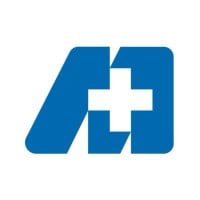
MultiCare Health System
MultiCare’s roots in the Pacific Northwest go back to 1882, with the founding of Tacoma’s first hospital. Over the years, we’ve grown from a Tacoma-centric, hospital-based organization into the largest, community-based, locally governed health system in the state of Washington. Today, our comprehensive system of health includes more than 300 primary, urgent, pediatric and specialty care locations across Washington, Idaho and Oregon, as well as 13 hospitals. We welcome patients from the entire Pacific Northwest region and our 20,000-plus team members — including employees, providers and volunteers — proudly care for the communities we serve. Without a doubt, our organization has changed over the years. But what has never changed, throughout our long history, has been our dedication to health and wellness of the people of the Pacific Northwest. Guided by our mission, vision and values, we are on continuous journey to deliver the services that our communities need, and to ensure access to those services, now and in the future.






